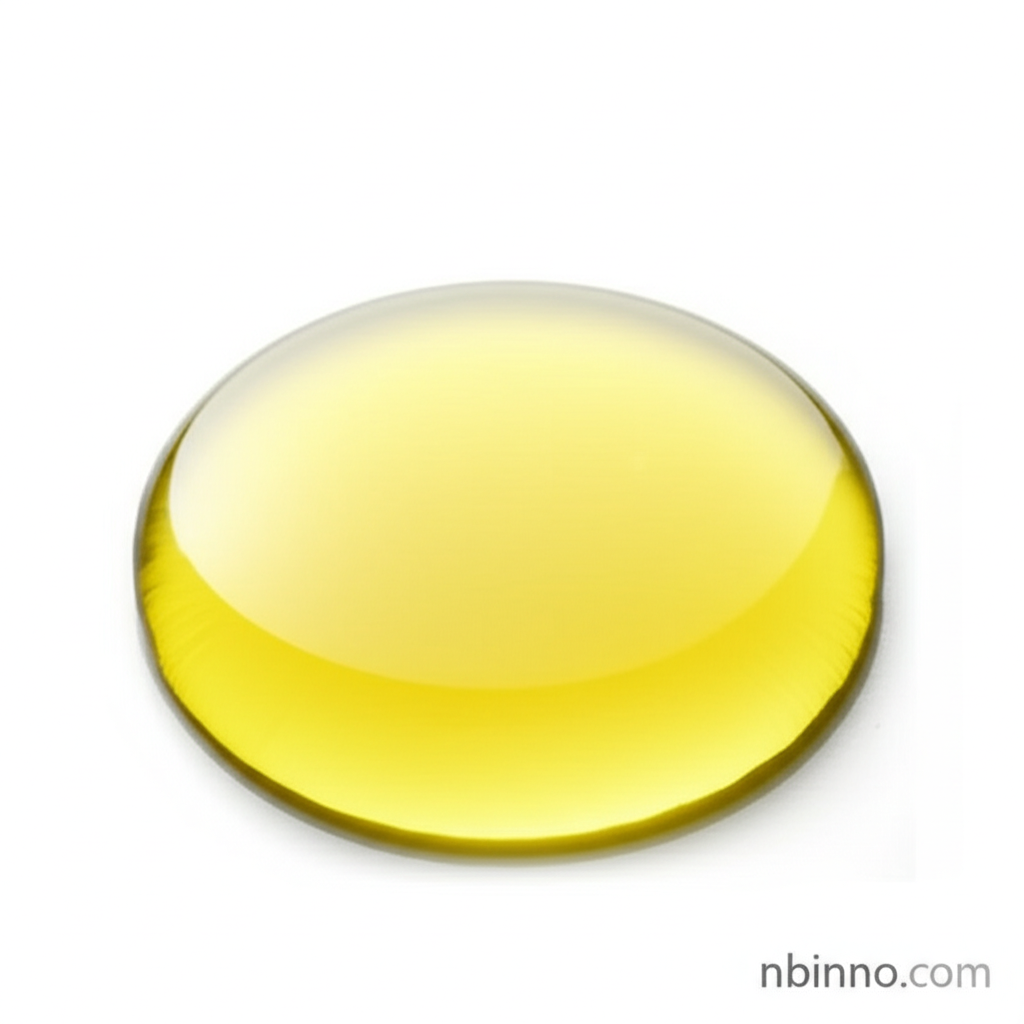Triethanolamine: A Versatile Curing Agent for Epoxy Resins and Beyond
Discover the extensive applications of Triethanolamine, a key ingredient across industries from coatings to pharmaceuticals.
Get a Quote & SampleProduct Core Value

Triethanolamine
Triethanolamine is a colorless to light yellow transparent viscous liquid with a weak ammonia taste. It plays a crucial role as an epoxy curing agent, a vital component in the formulation of many adhesives and coatings.
- As a vital epoxy curing agent, Triethanolamine is key to achieving strong, durable bonds in adhesives and coatings.
- In the cosmetic industry, Triethanolamine functions as an emulsifier, humectant, and pH balancing agent, improving skin feel and product stability.
- Its application in the pharmaceutical field includes treatments for radiation-induced erythema and burns, showcasing its therapeutic potential.
- Triethanolamine is utilized in waste gas treatment to efficiently remove acidic gases such as hydrogen sulfide and carbon dioxide.
Key Advantages
Broad Industrial Utility
Explore the diverse uses of Triethanolamine, from acting as a curing agent for epoxy resins to serving as a critical component in cosmetic and pharmaceutical formulations.
Enhanced Product Performance
Leverage Triethanolamine's properties as a humectant and emulsifier to improve the efficacy and sensory experience of cosmetic products.
Environmental Application
Understand the role of Triethanolamine in environmental protection, particularly in absorbing acidic gases from industrial emissions.
Key Applications
Epoxy Resin Systems
Triethanolamine is a primary curing agent for epoxy resins, crucial for the performance of structural adhesives and coatings, contributing to fast curing and strong mechanical properties.
Cosmetic Formulations
As an emulsifier, humectant, and pH adjuster, Triethanolamine enhances facial cleansers, moisturizers, and shampoos, improving skin hydration and product mildness.
Pharmaceutical Applications
In medicine, Triethanolamine is used for topical treatments of skin conditions and burns, aiding in deep hydration and reducing inflammation.
Chemical Manufacturing
Its utility extends to being an active agent in rubber vulcanization and a component in fine chemical synthesis, demonstrating its chemical versatility.
